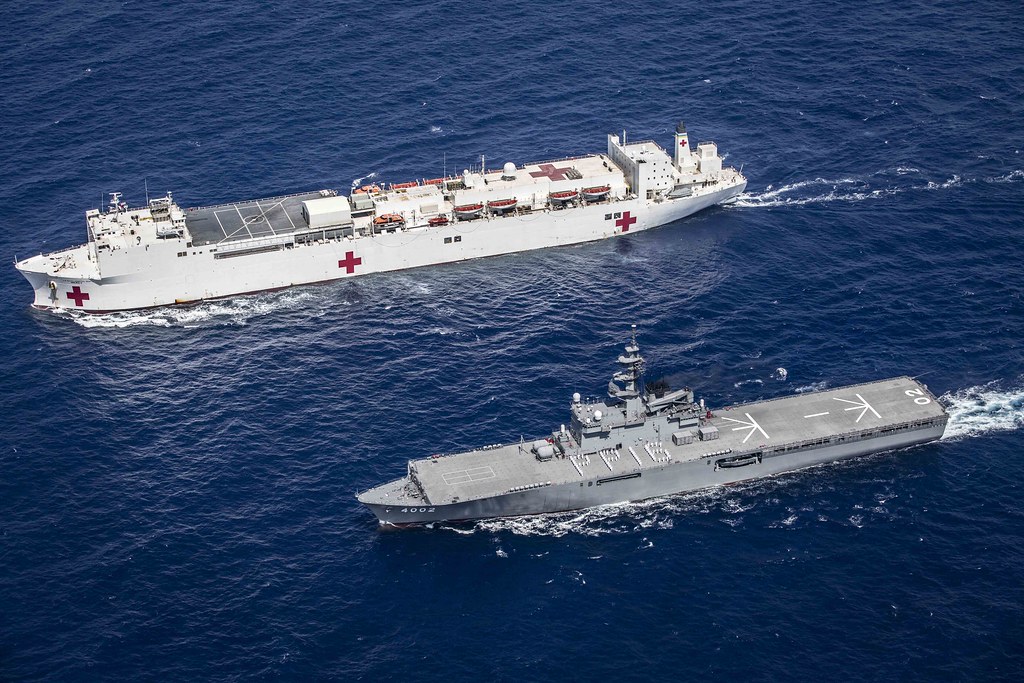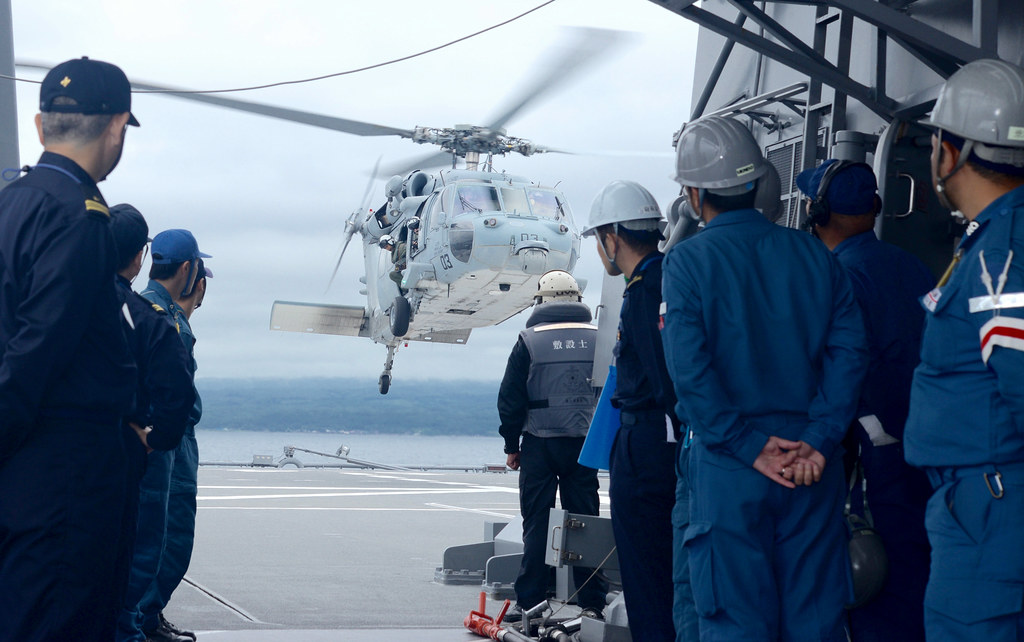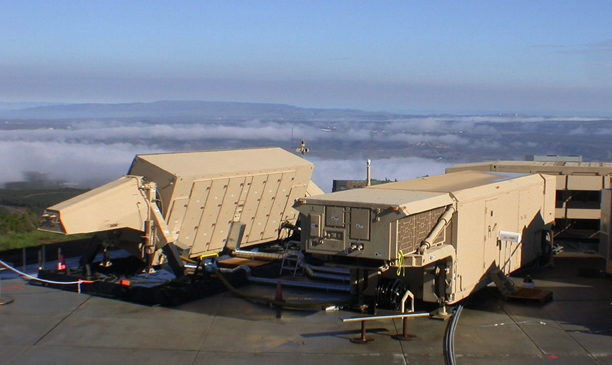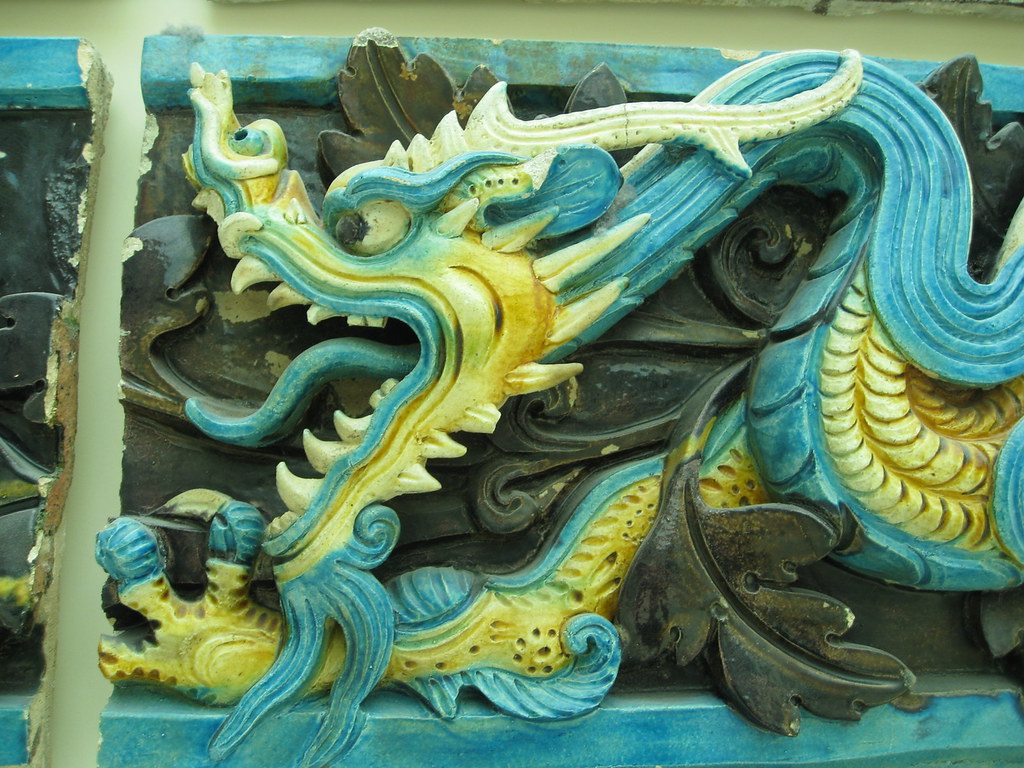By Sgt. Brittney Vella, Pacific Partnership Public Affairs
JS Shimokita (LST 4002) steams alongside USNS Mercy (T-AH 19) while en route to Da Nang, Vietnam, for the just-completed third mission stop of Pacific Partnership 2016. (U.S. Marine Corps/Sgt. Brittney Vella) >>
DA NANG, Vietnam - Pacific Partnership 2016 departed from Da Nang, Vietnam on July 28 after completing two weeks of disaster response training, medical and engineering subject matter expert exchanges, cooperative health engagements and community relations events.
This year marks the seventh time the mission has visited Vietnam in the past 11 years and the first time that three ships, including USNS Mercy (T-AH 19), the Japan Maritime Self-Defense Force's JS Shimokita (LST 4002), and Vietnam People’s Navy ship Khanh Hoa (K-123) participated in the Da Nang mission. For the first time, Khanh Hoa hosted Vietnamese and U.S. Navy doctors in dental and surgical cooperative health engagements alongside other Pacific Partnership medical personnel.








_leaving_Mayport_in_January_2014.JPG/1200px-USS_Taylor_(FFG-50)_leaving_Mayport_in_January_2014.JPG)


_Merpati_Nusantara_Airlines._(8113284482)_(2).jpg/1200px-PK-MZI_Xian_MA-60_(cn_601)_Merpati_Nusantara_Airlines._(8113284482)_(2).jpg)



















